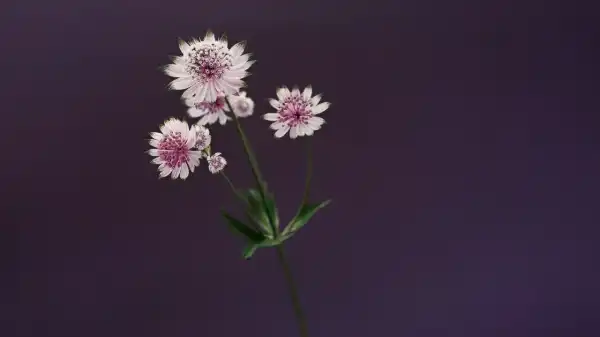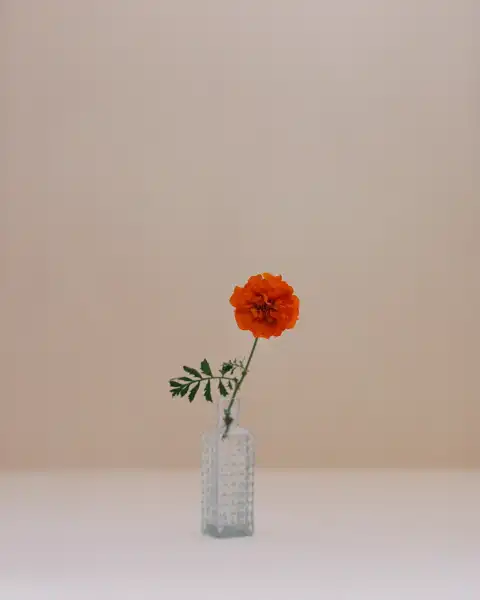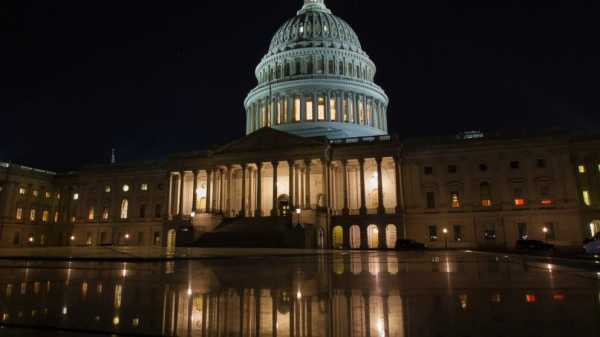
Save this storySave this storySave this storySave this story
Soon after Kate Friend, a British photographer, moved to Lisbon with her partner and son, she learned of Pope Francis’s upcoming visit. Friend grew up in what she considered a post-religious environment. At the age of seven or eight, she and her older brother decided not to attend Sunday school. As an adult, Friend had spent time and work abroad, observing expressions of faith in various forms, especially in Asia, but religion had always seemed exotic to her, or something practiced by others. In Portugal, the Pope’s impending arrival in the summer of 2023 helped her see the vibrant, religious European society all around her. “It was almost tangible. It was happening,” Friend said. “I started just going to churches and realized that everyone had a completely different experience than me.”
Friend’s previous project, “As Chosen…,” was a series of exquisite portraits of flowers chosen by renowned artists, designers, and other creatives. (Ai Weiwei chose “Mother of Thousands,” a red-flowered succulent.) Now she was considering a new series, this time focusing on wildflowers and holy lands. She was drawn to the necessary optimism of pilgrimage, a state of mind she had come to know through her photography practice. “It’s really like a sense of hope and faith and expectation that you’re going to come back with something,” Friend noted. “You have to believe there’s a photograph there. Otherwise, you won’t go.”

“Marigold, Notre-Dame-du-Lot”, July 2024
Friend uses film and natural light for her work. She has created forty-one botanical portraits for the project As Chosen…, mostly in people’s homes or studios. For her new series, titled There Are Always Flowers for Those Who Want to See Them, she needed new restrictions and extensive equipment. “I like order,” she said. “I’m interested in the idea, but I also recognize that it’s an impossible goal.” Friend scoured sixteen Vatican-approved Mary apparition sites—places where the Catholic Church believes the Virgin Mary has appeared—for plots of land where flowers might grow. “I was thinking a lot about power, influence, and the land that millions of people walk on every year, and wondering if that might somehow affect a flower, or me, or an experience,” she said.
Sourse: newyorker.com






